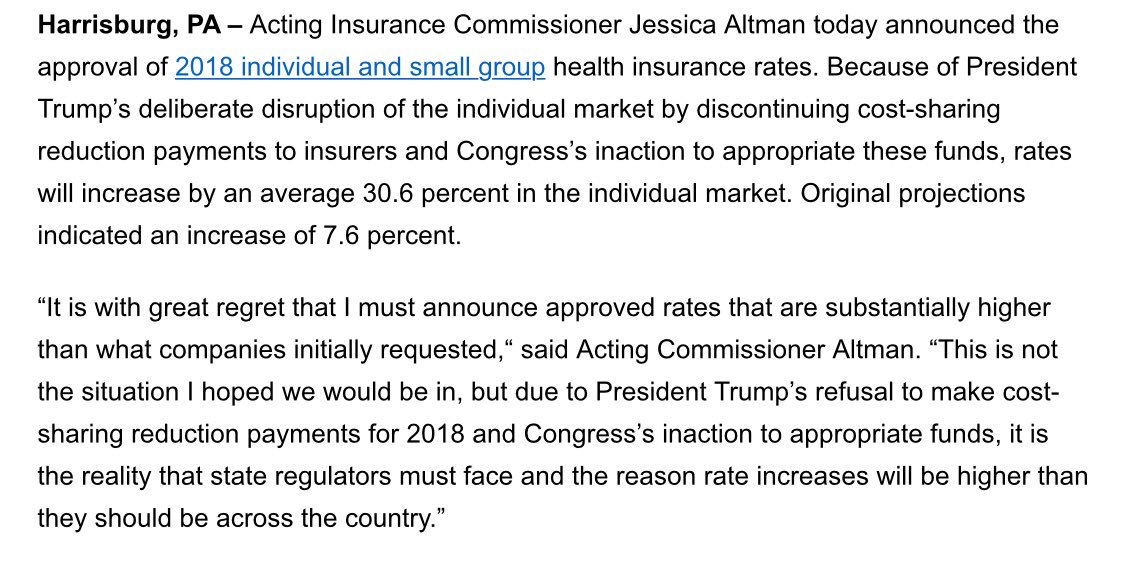The losing party always goes into the wilderness a bit after a presidential defeat and might have many leaders. We had the ex-governor of Kentucky do the State of the Union rebuttal this year, and the GOP was equally pathetic on their picks in the past.
Its not until year 3 that you get some idea of who the next challenger will be that the opposition starts to coalesce.
Its not until year 3 that you get some idea of who the next challenger will be that the opposition starts to coalesce.





